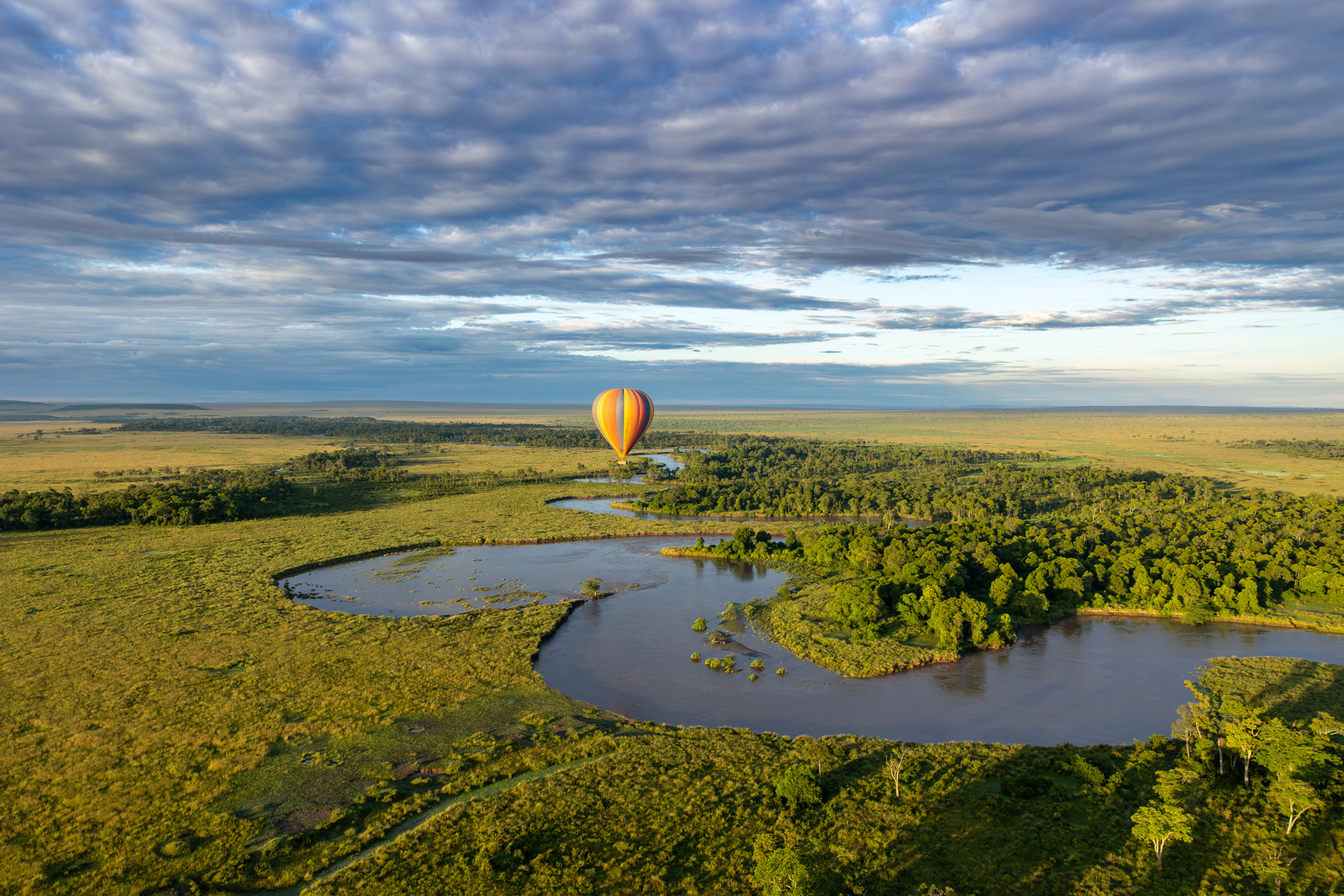
The Mara ecosystem is experiencing the tail-end of the long rains, drenching the vast savannah plains of the Mara Triangle. I recently visited the area around Hippo Pools and was amazed to see that the river was just a few feet shy of overflowing — it's ready for the herds of wildebeest during their annual migration into the Mara from July through October.
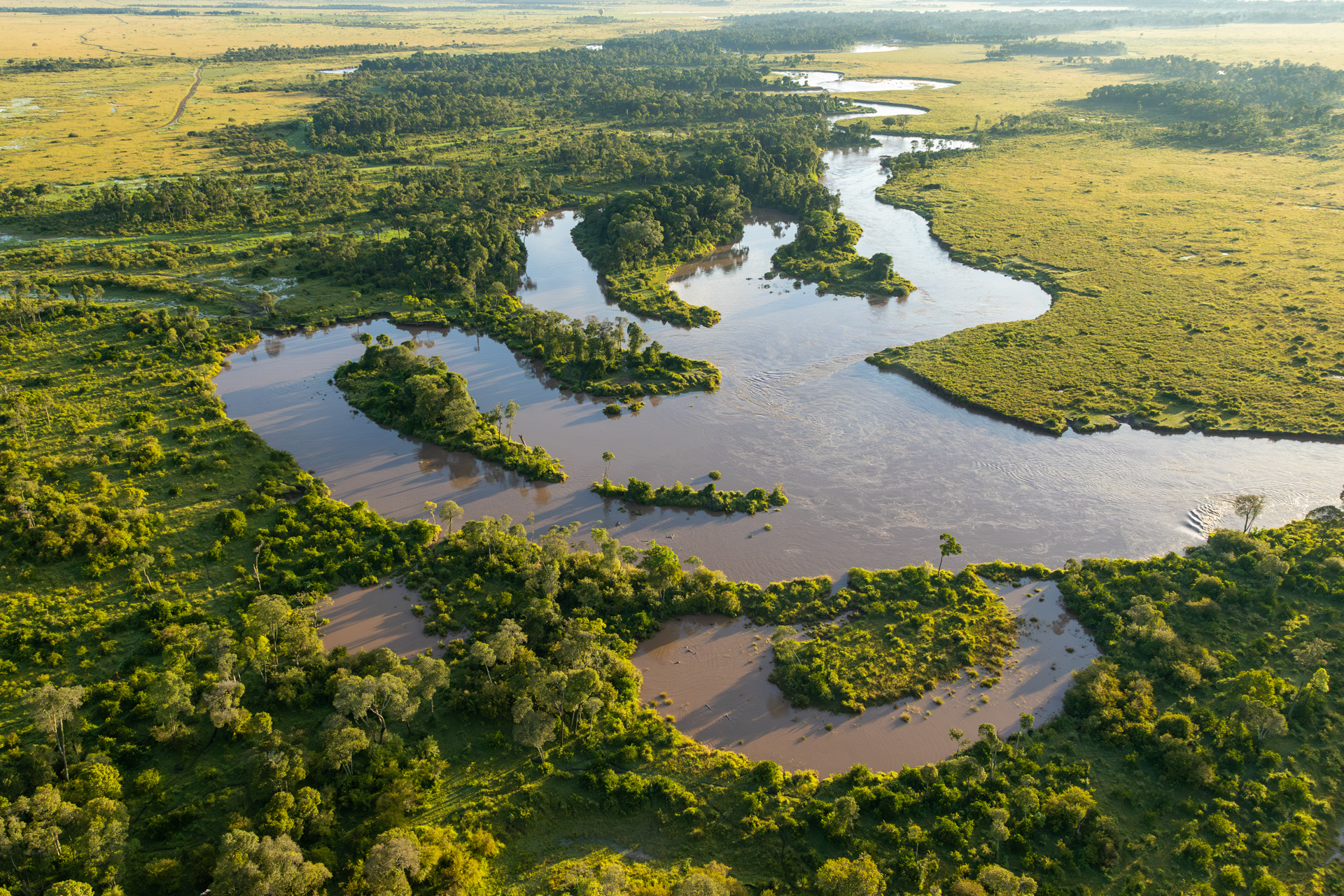
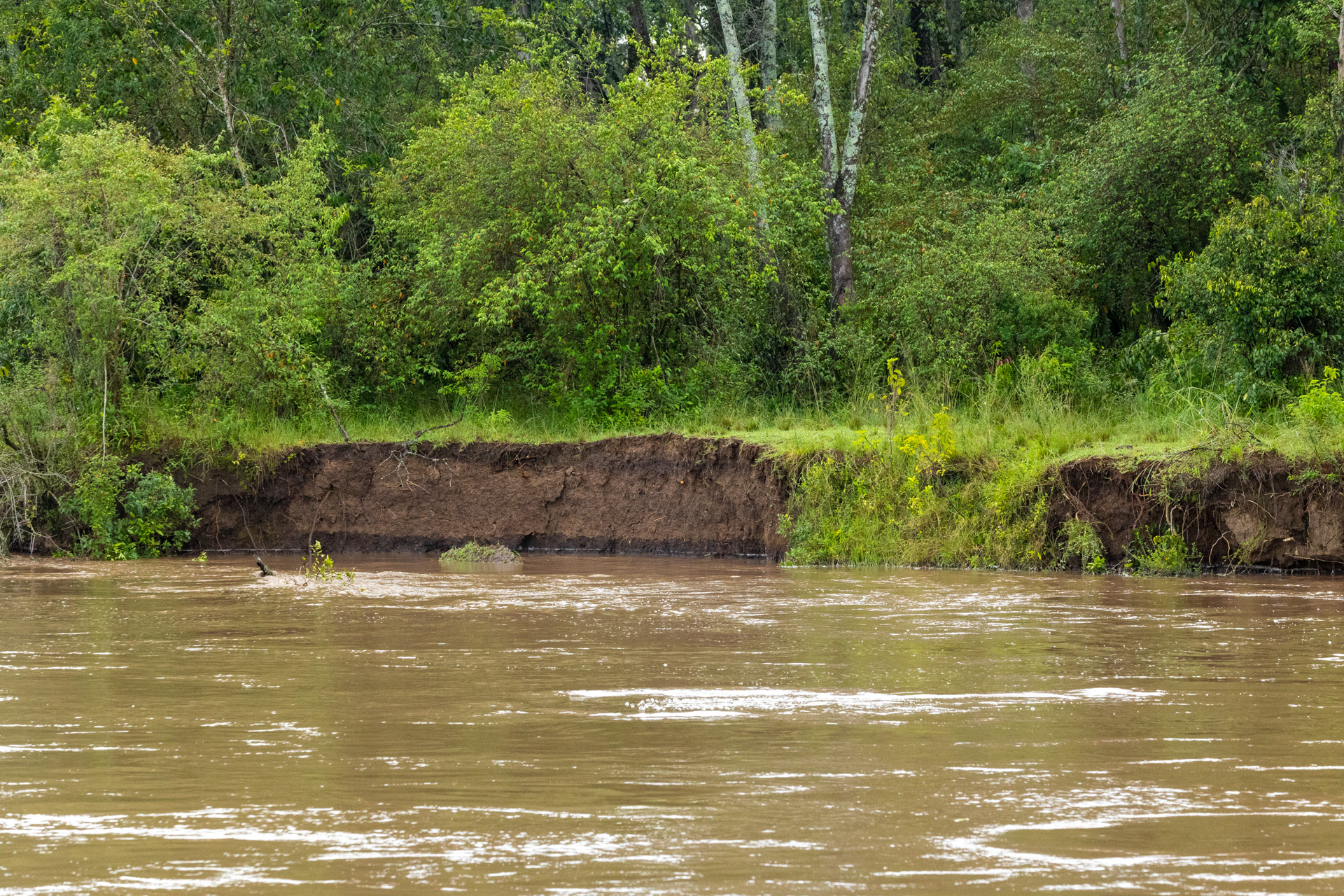
The lifeblood of this ecosystem, the Mara River is primarily fed by the Mau Forest catchment area (to the north of Angama). The water flows downstream into the Mara Triangle, across the border through the Serengeti, and eventually drains into Lake Victoria in Tanzania.
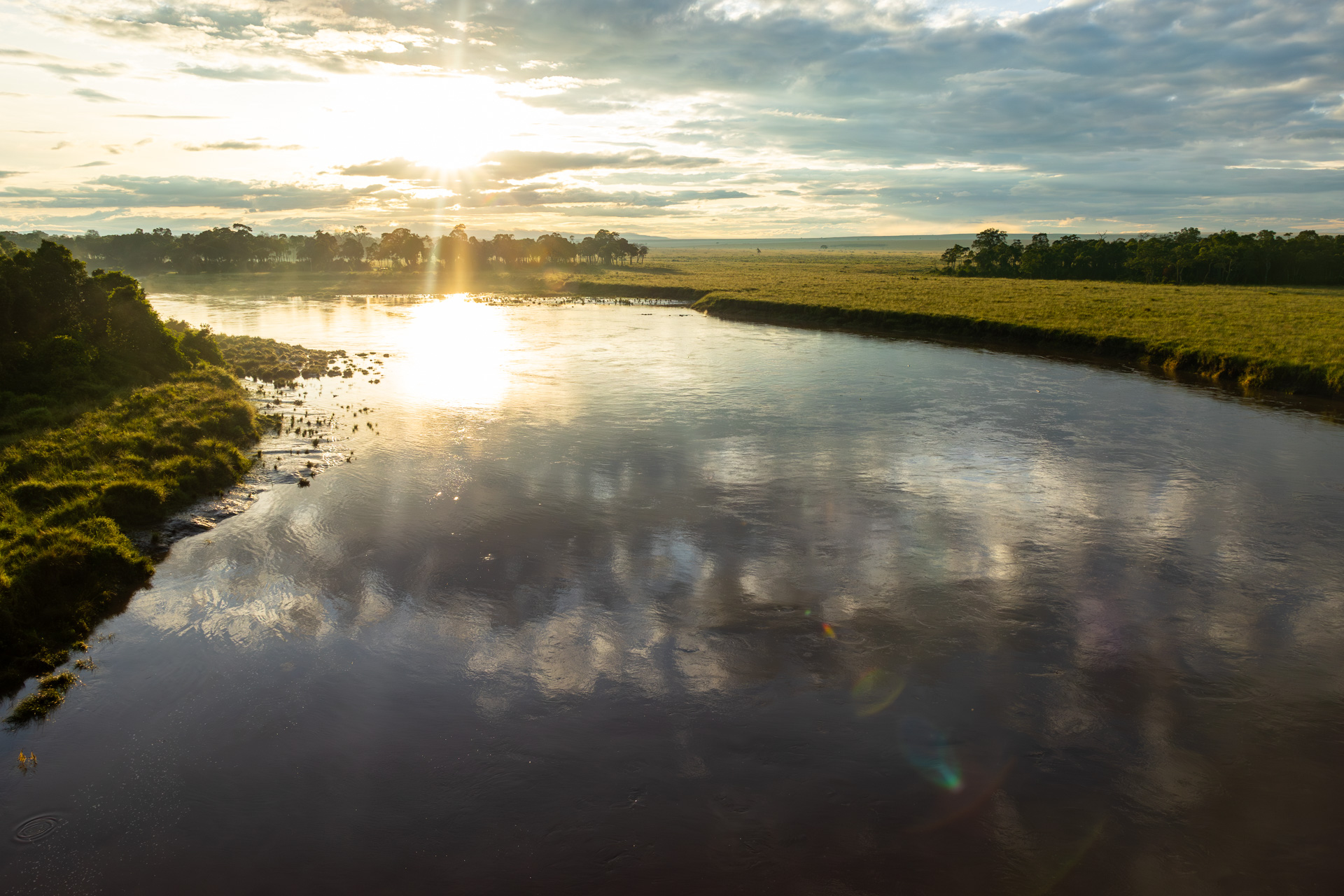
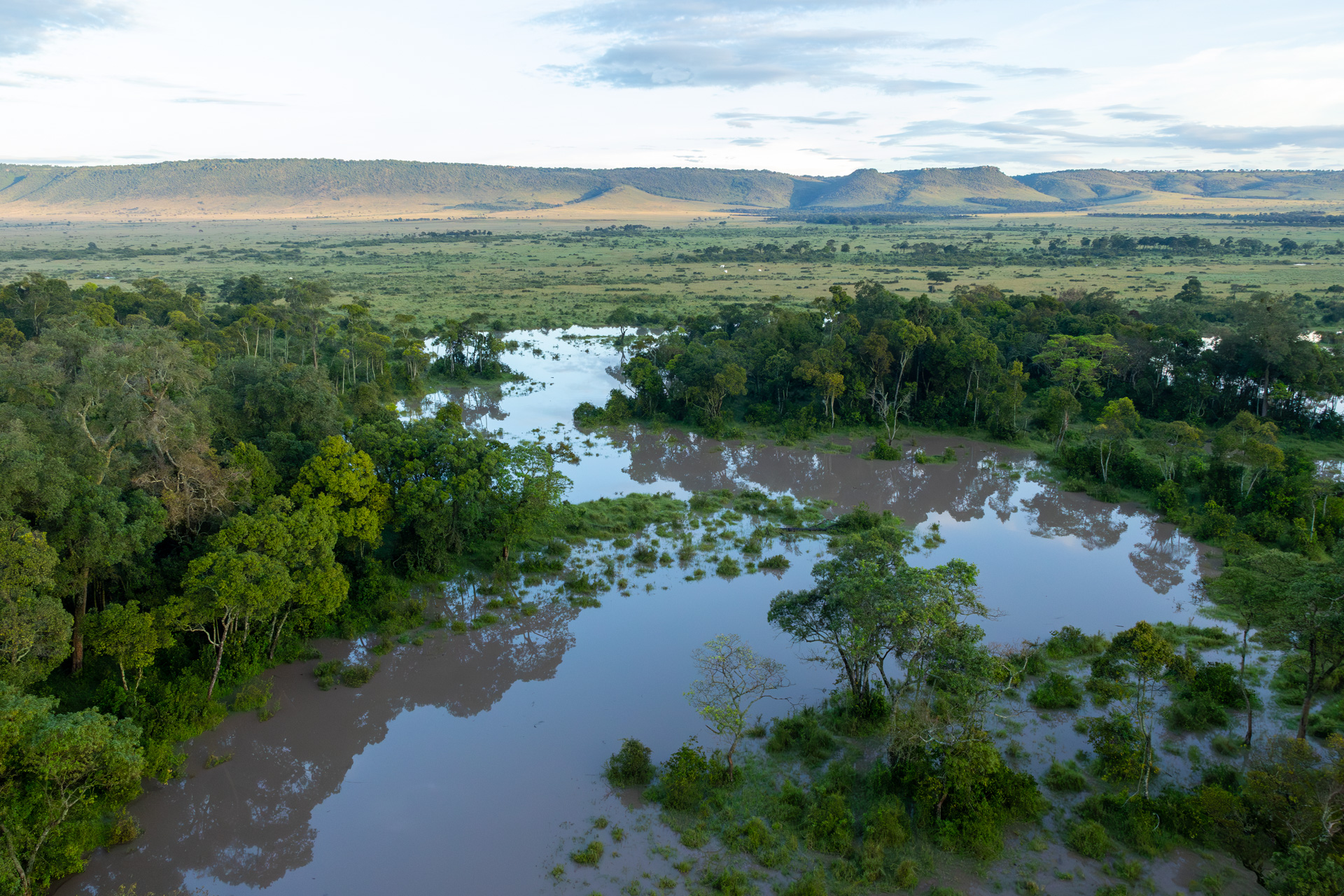
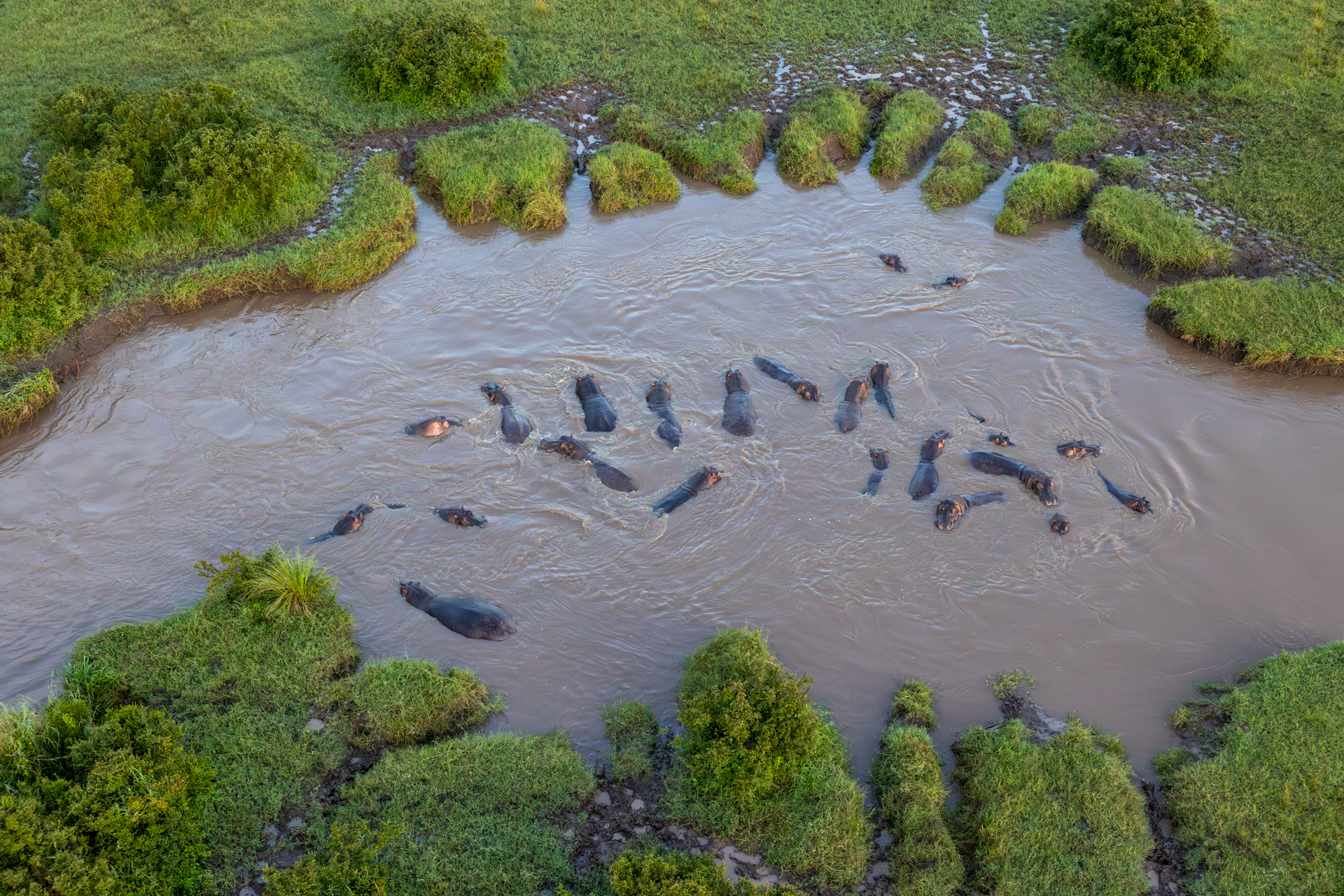
An unforgettable balloon ride over the Triangle gave me the opportunity to capture this spectacular scene from above. It was thrilling to float over the vast plains and see the gushing rivers and newly formed streams make their way through the plains.
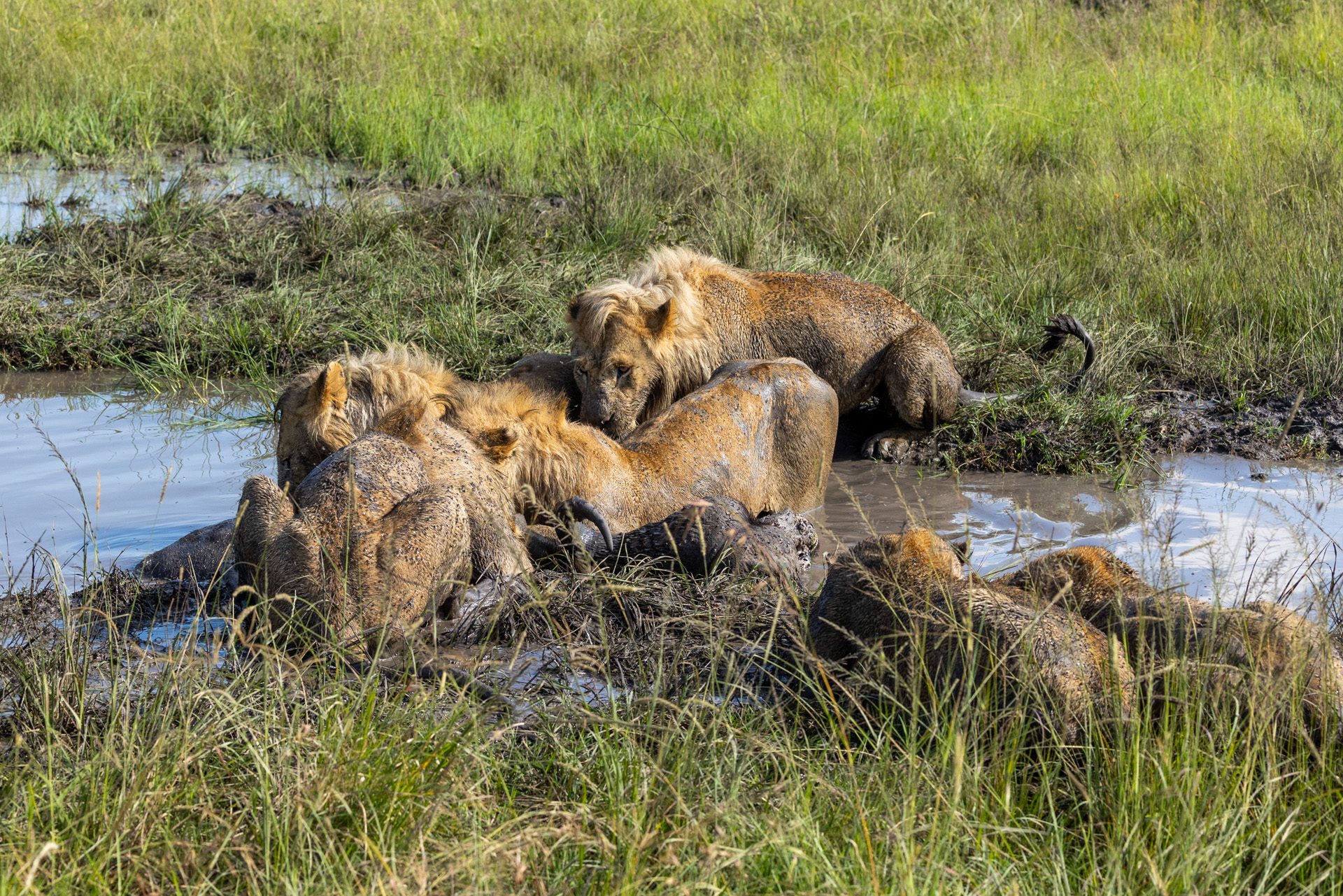
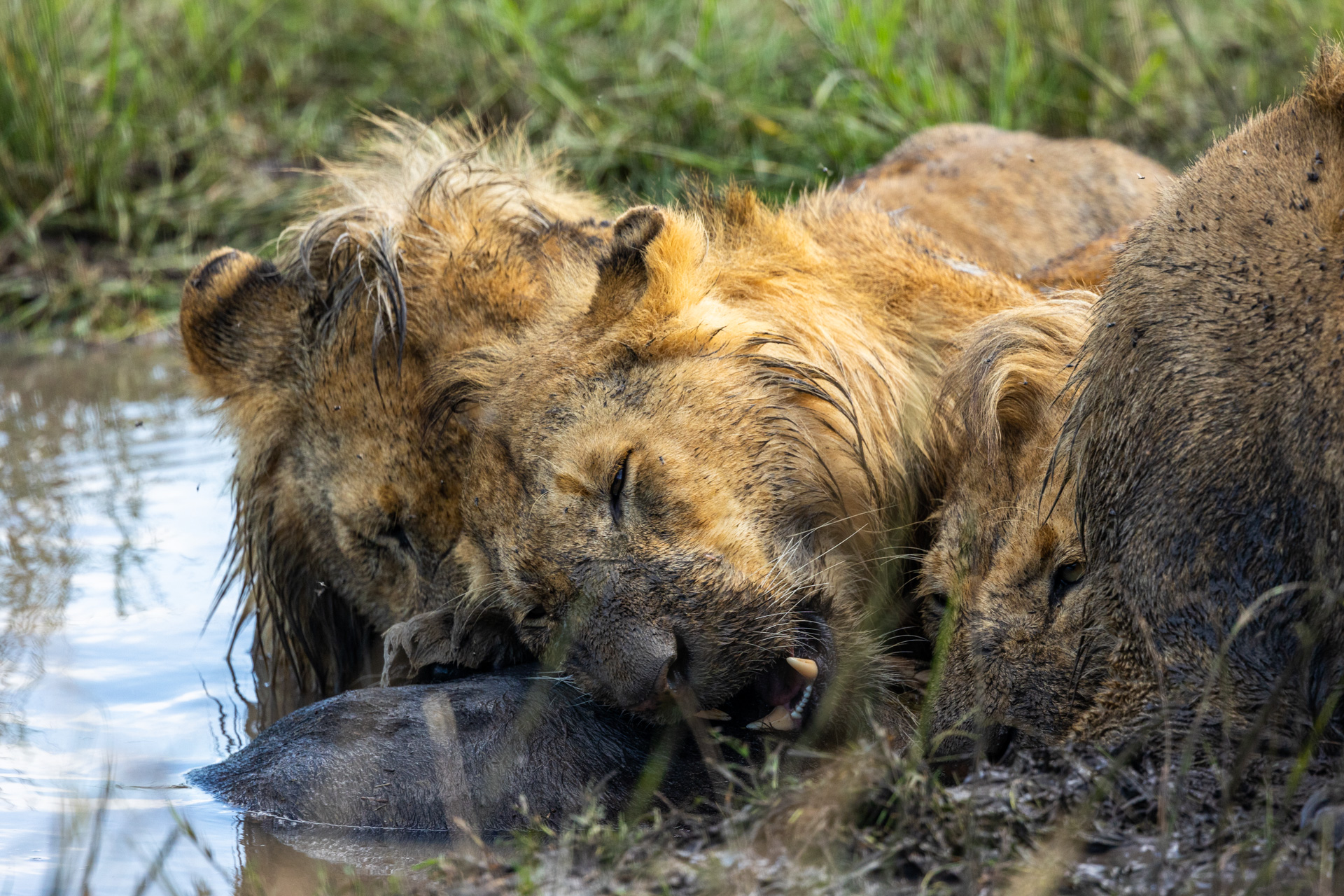
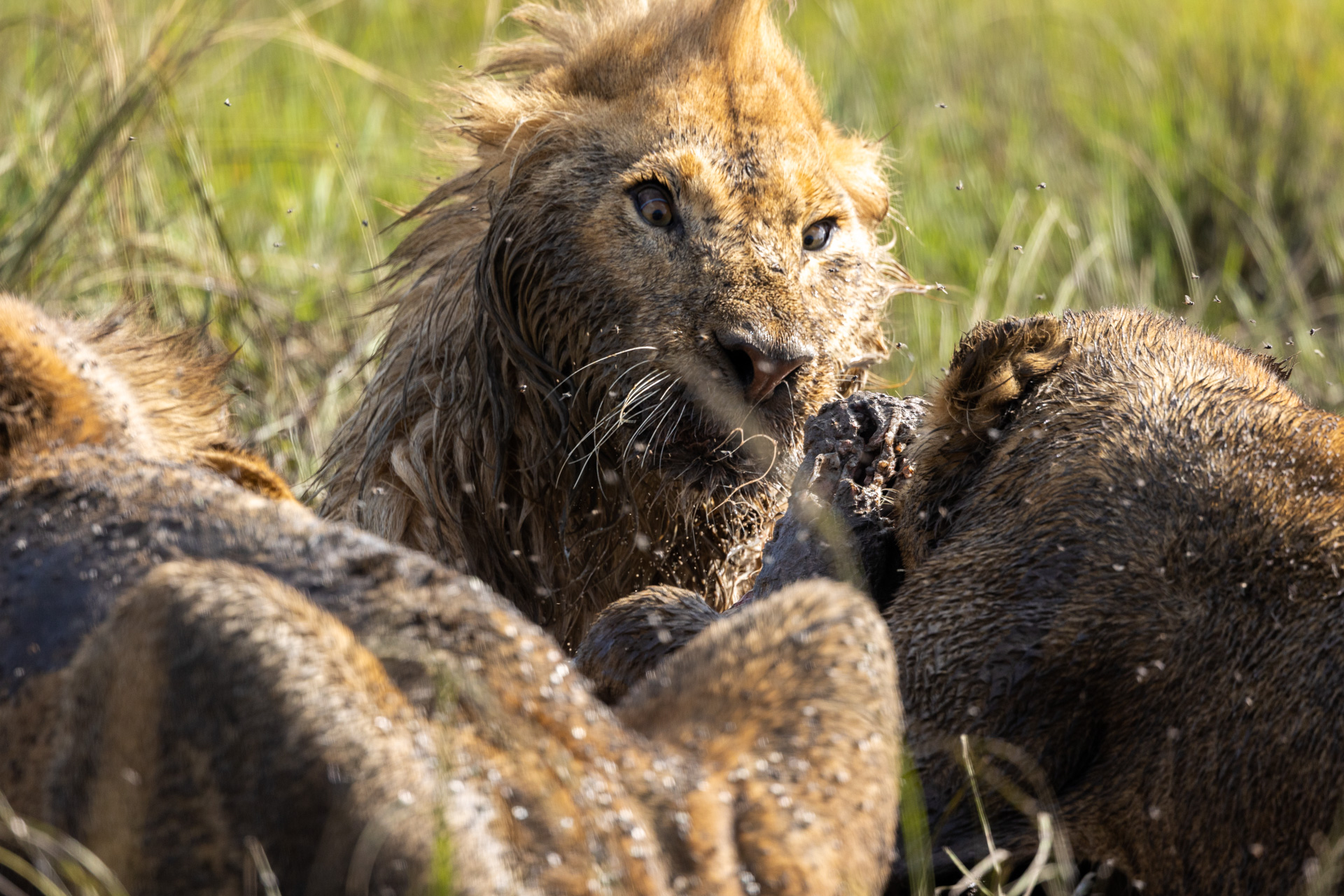
We came across a pride of three young lions and two lionesses that were feasting on a buffalo in a pool of mud — a sign of their primal instincts to hunt no matter the terrain. The sound of their teeth crunching through flesh and bone was deafening, and the sight of their powerful jaws in action was a reminder of their strength. As I watched them feast, it was impossible not to feel a sense of reverence for these powerful felines.
We were treated to an hour with Oloti, a male cheetah identified by Dr. Elena Chelysheva of the Mara-Meru Cheetah Project, who is assumed to have crossed over from Tanzania into the Mara. He was first spotted in the Triangle in July 2020 and has also been seen in the main Reserve since then.
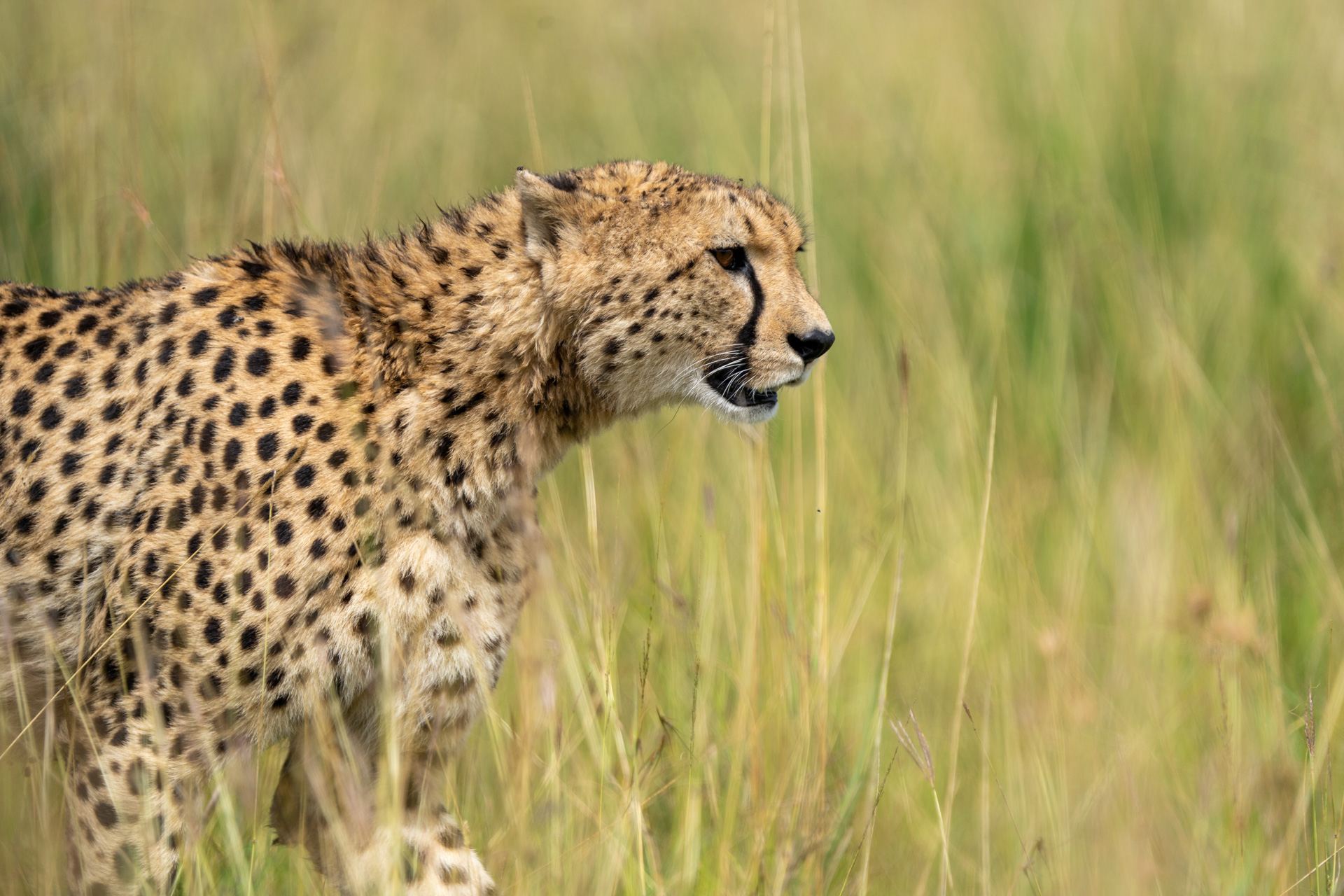
Oloti set out to hunt impala but was spotted before he could succeed. The snorting alarm call from a single impala caused the others to scatter in different directions.
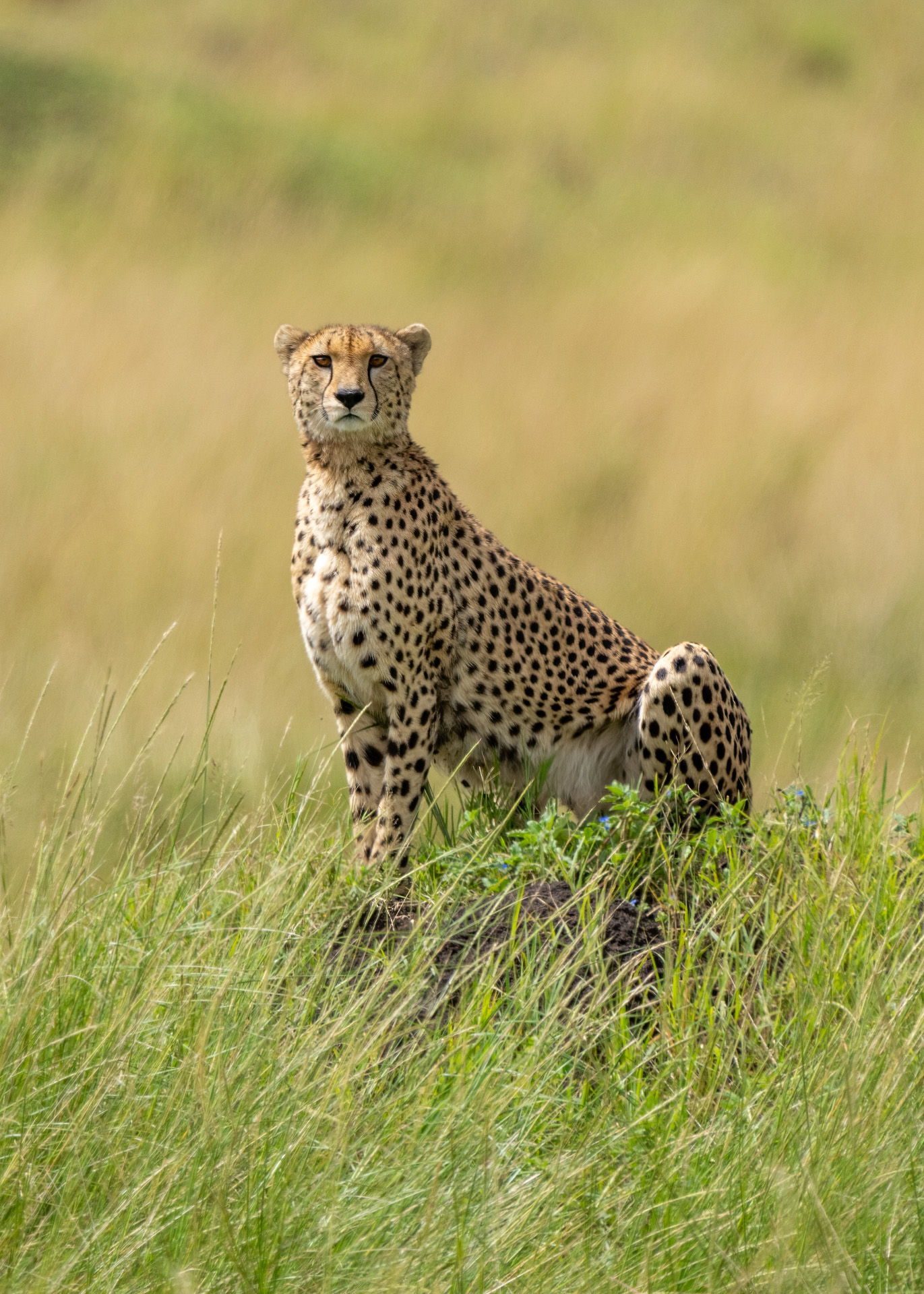
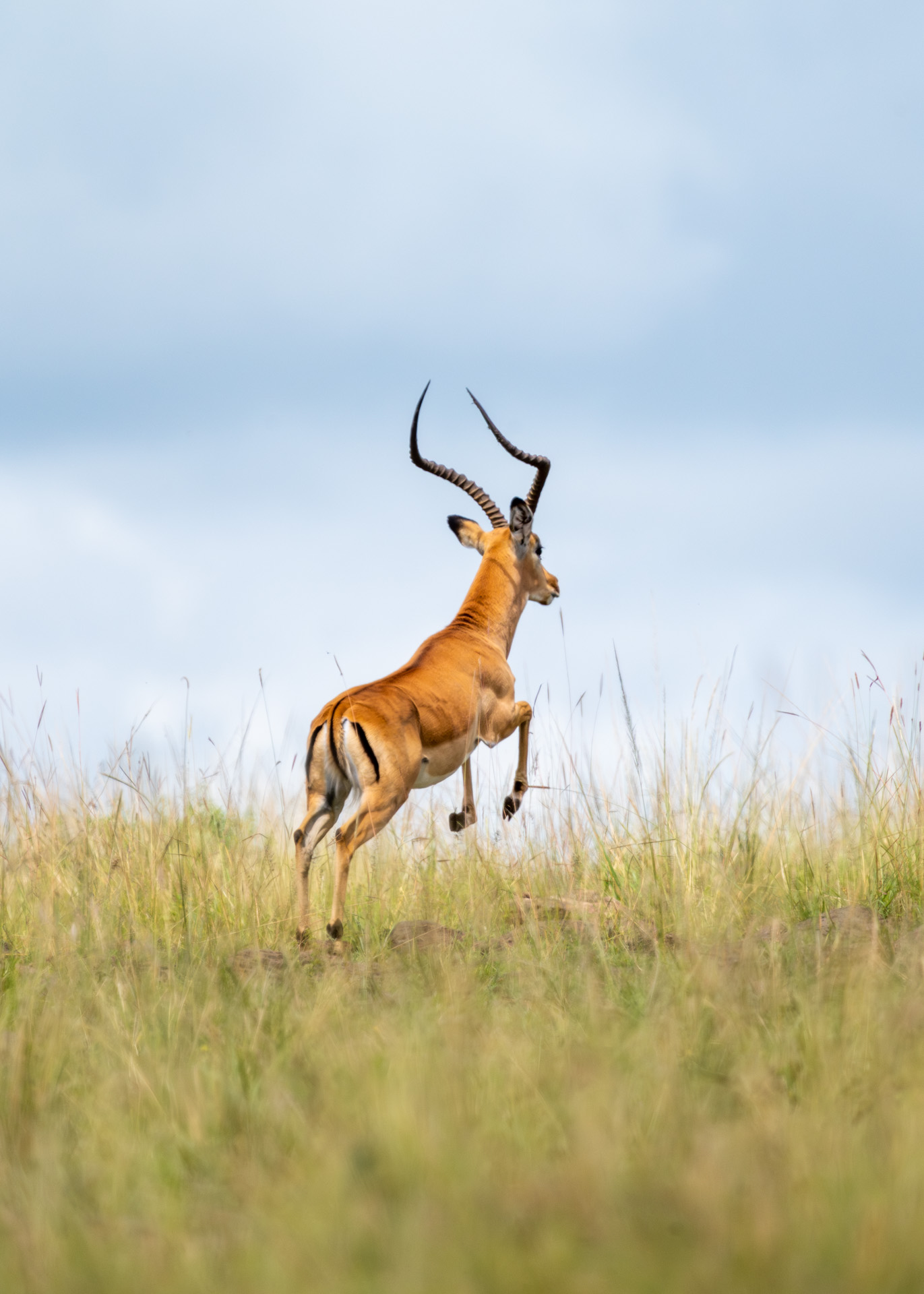
I captured unique images of both an ostrich and a Grey crowned crane blinking, two of the incredible birds in the area. This provided an opportunity to witness and zoom in on an essential feature — the nictitating membrane.
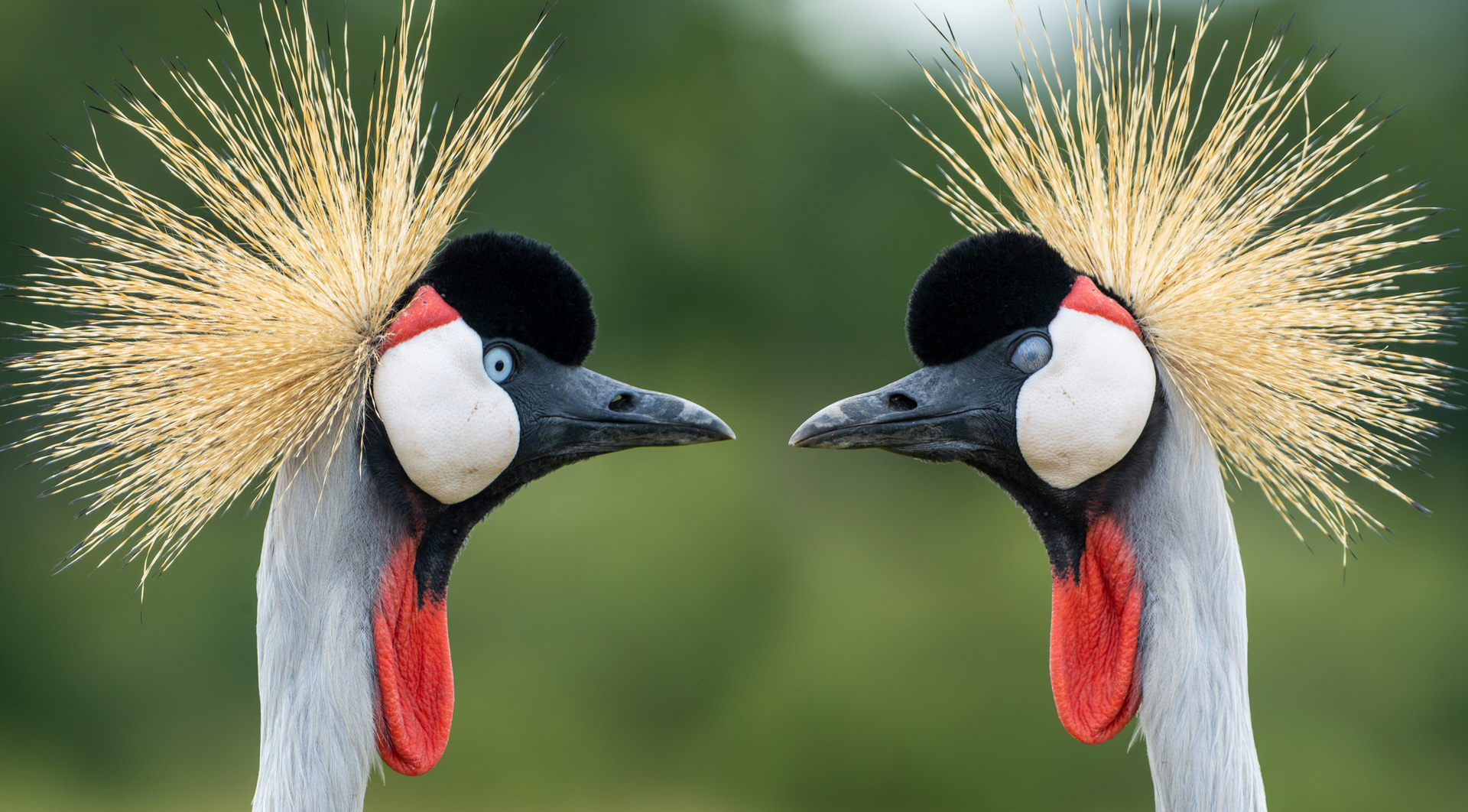
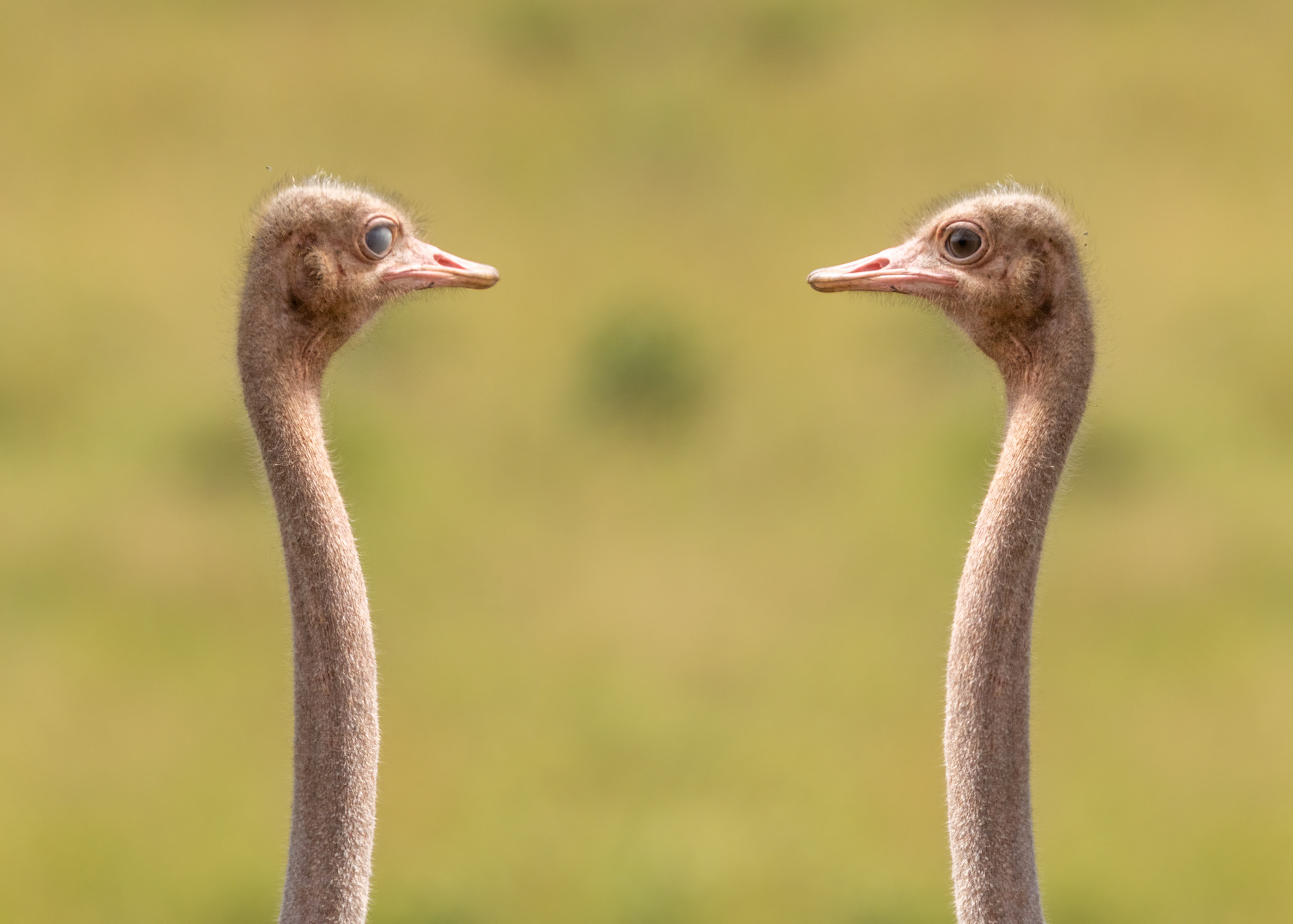
This membrane is a translucent eyelid found in many animals, including birds, reptiles, and some mammals. It is often missed because it is not visible when an animal's eye is open, but it can be observed when the eye blinks or when the animal is in distress. It helps protect the eye by moistening and clearing debris from the surface, and it can also serve as a secondary eyelid to protect the eye during flight or swimming.
While elephants are often considered gentle giants, like many other animals, the males need to develop their fighting skills and establish dominance to have the best chance of mating with females. These fights between young and older males are not just for show — they serve a real purpose in helping the young develop the strength, agility and technique necessary to compete for mates and defend themselves against predators.
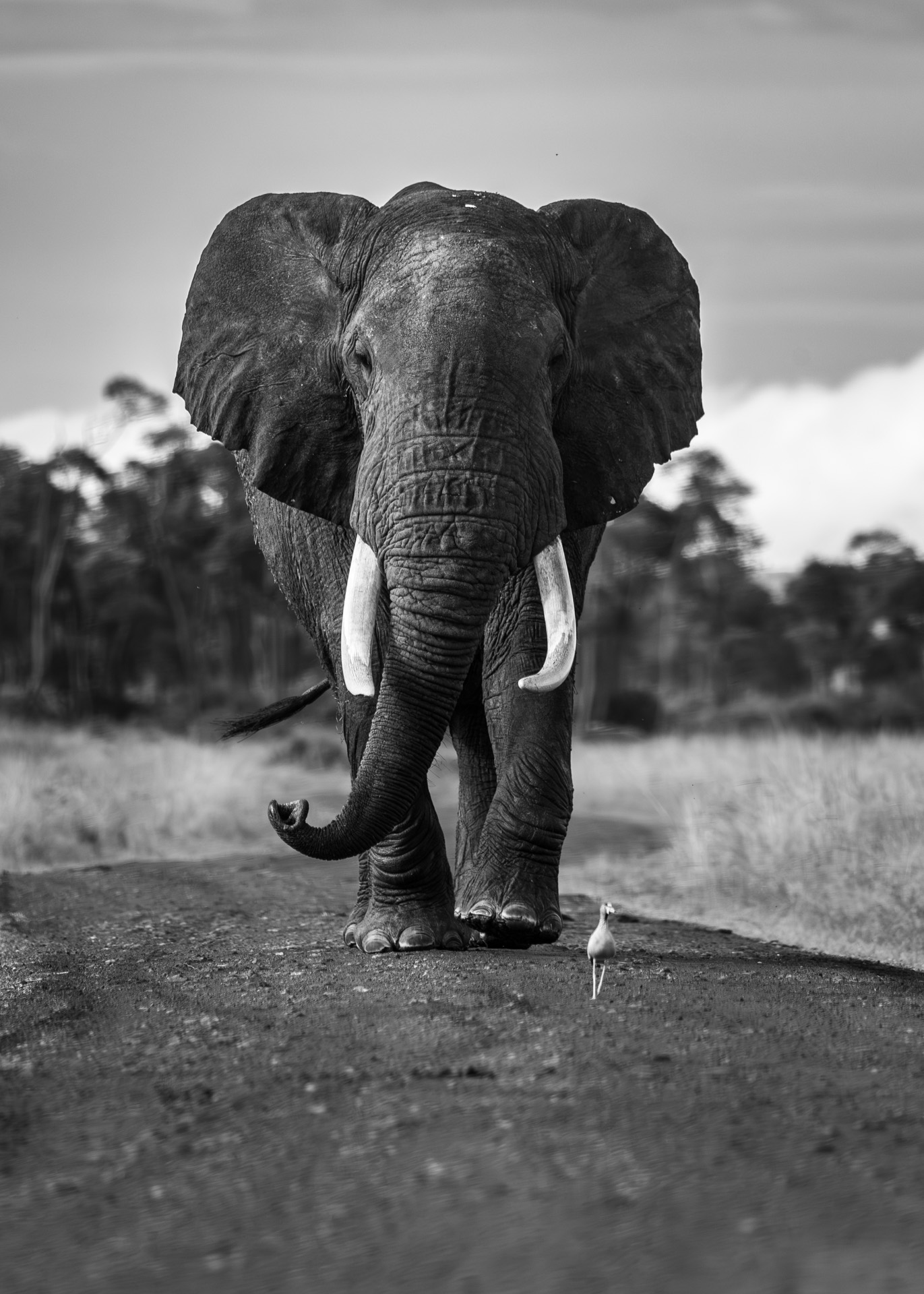
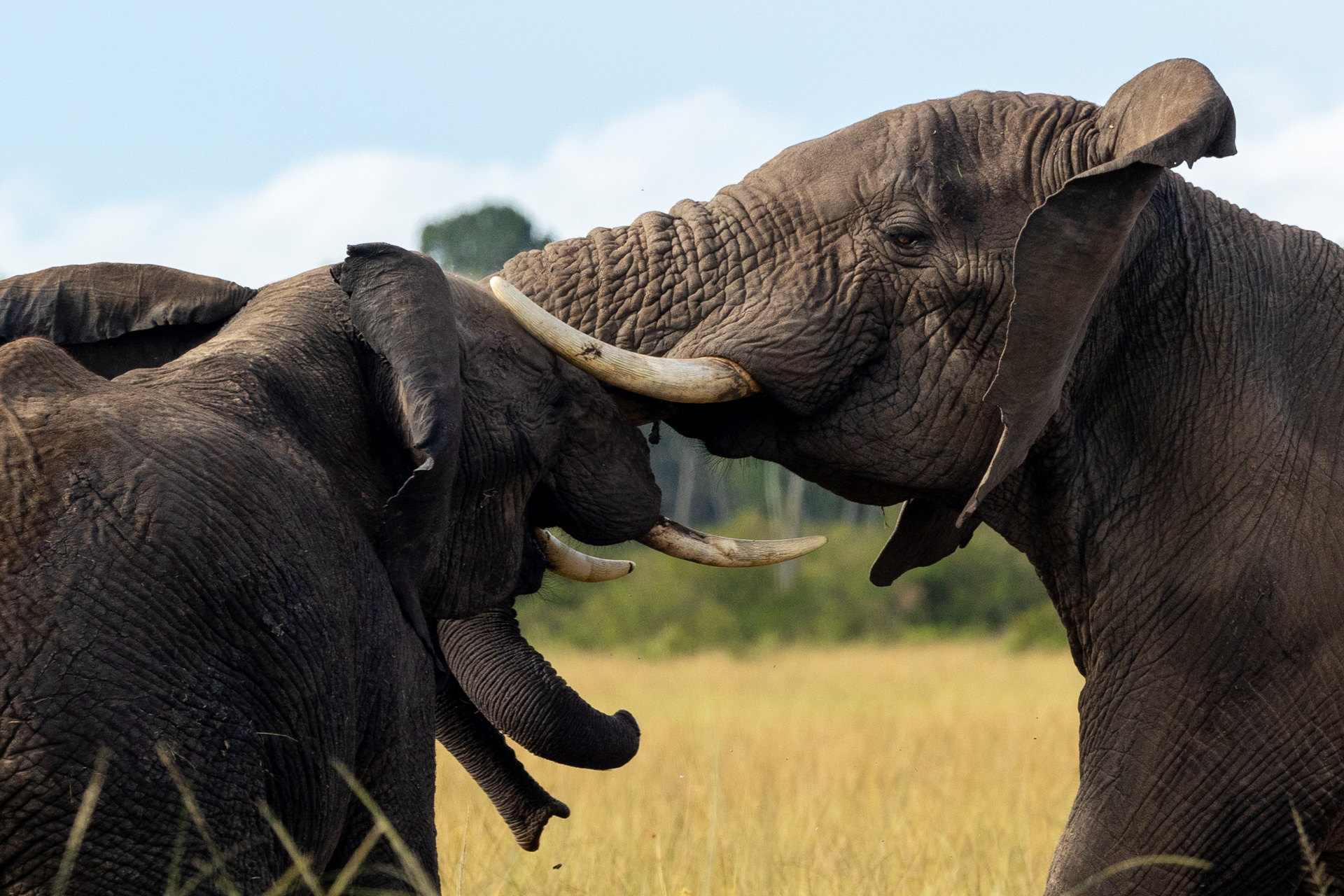
By fighting with older males, young elephants are also gaining valuable experience that will help them later in life — they learn how to read their opponent's body language, anticipate their movements, and develop strategic thinking skills.
Elephants are not only incredible to behold, but they also play a pivotal role in the environment around them. As they move about their daily routine, they leave behind droppings containing a wealth of nutrients which are an essential source of nutrients for many insects, including the brown-veined white butterfly.
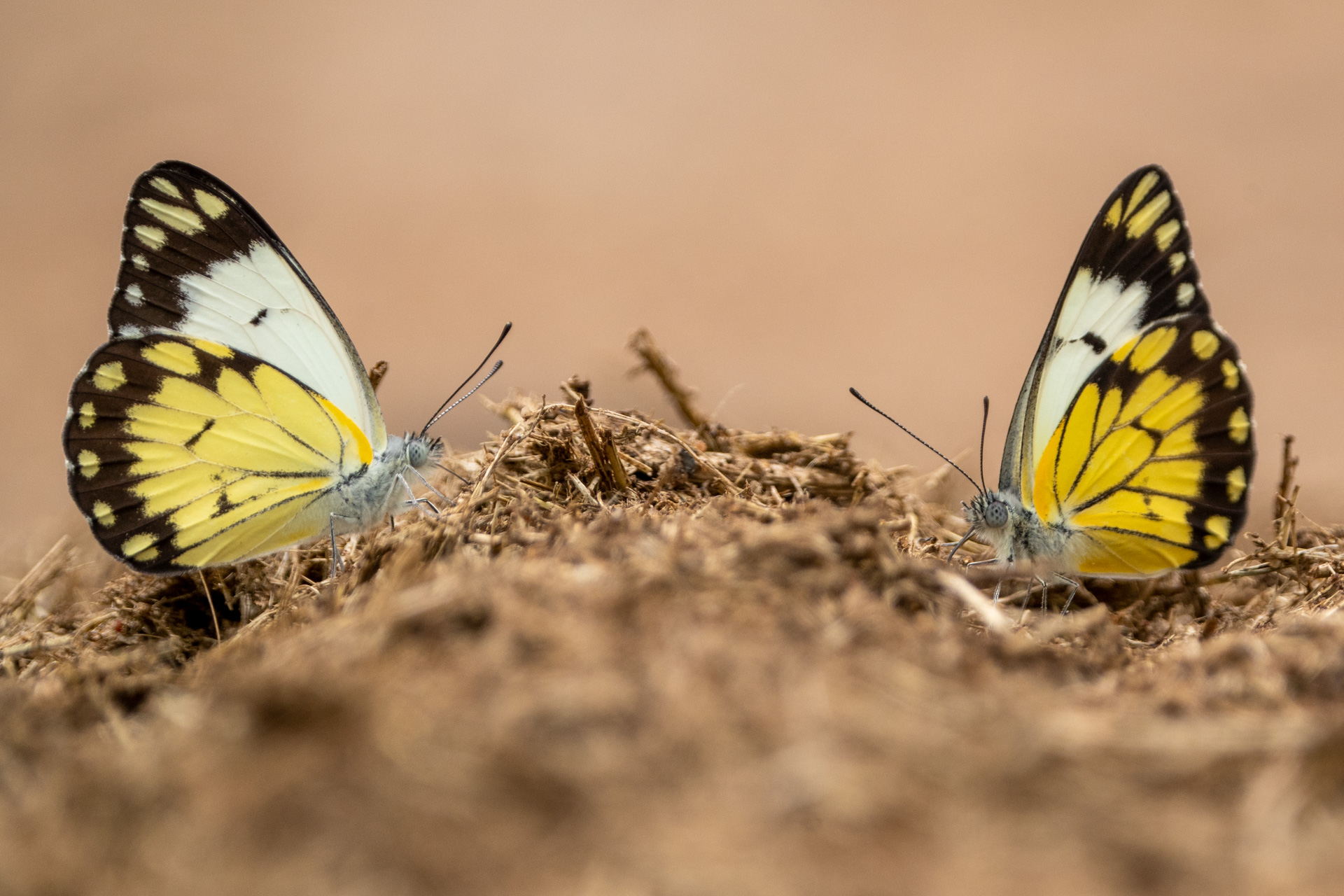
While these butterflies primarily feed on flower nectar, they require additional minerals and sodium that they cannot obtain from their usual diet. To supplement their nutrient intake, they have developed a unique adaptation of feeding on elephant dung; by following their sense of smell, they can locate the dung and extract the vital nutrients they need. This remarkable behaviour demonstrates that every animal plays in the ecosystem.
Just when I thought I couldn't be any more fascinated with raptors, I found a pair of the infamous African crowned eagles while driving back to the lodge (a first for me). One had swooped down and captured a baby impala right next to Angama's Forest Barbeque area. I suspect we will meet again as the pair might have a nearby nest as they have been spotted flying around on several occasions.
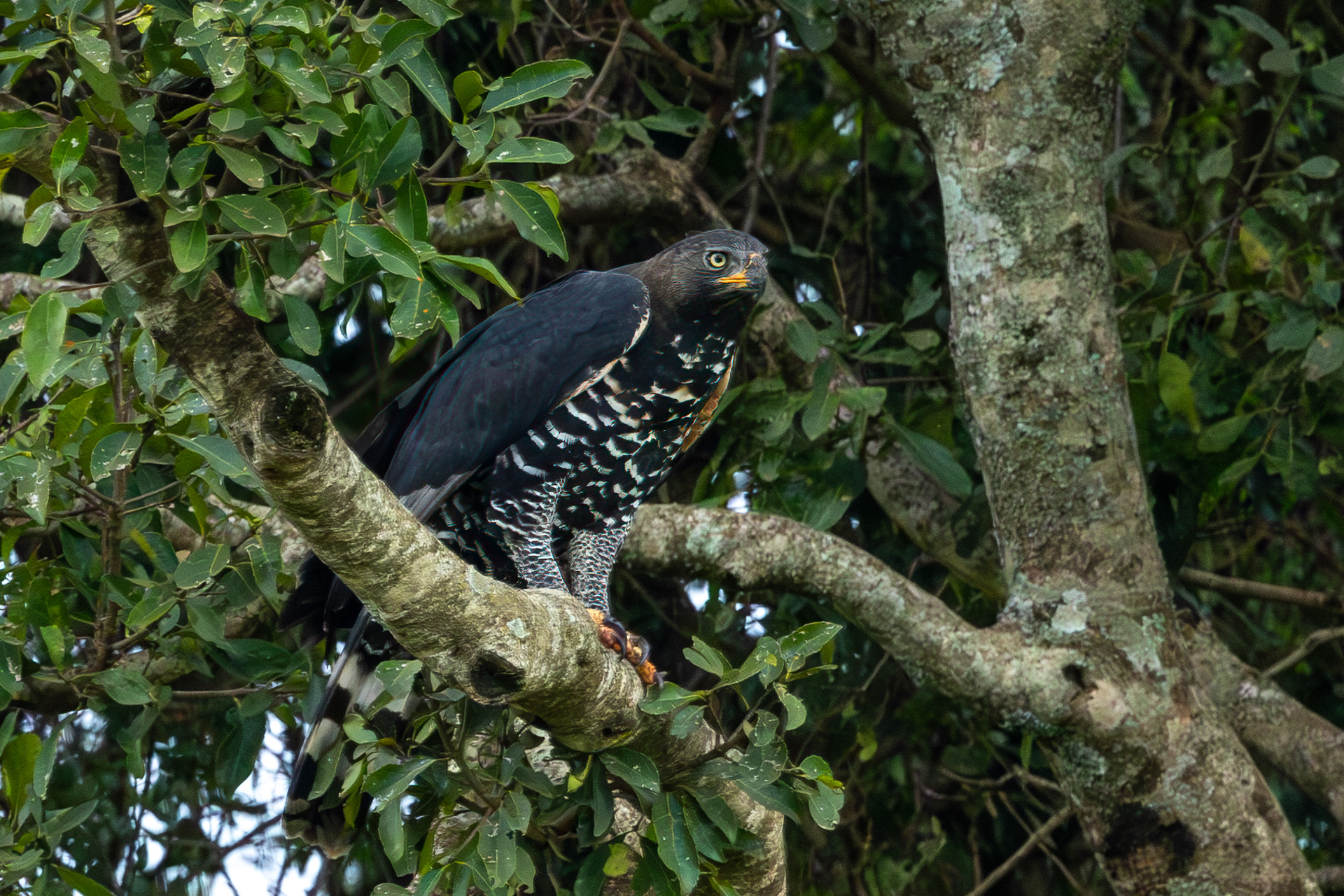
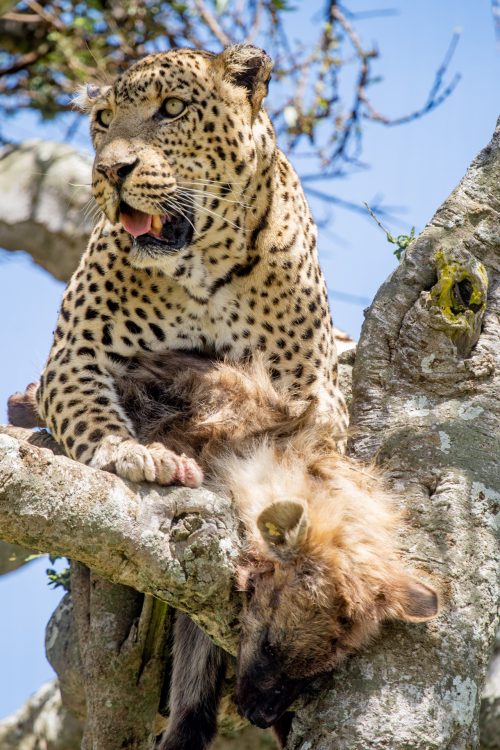
This time a year ago was another first for many of us — a leopard eating a hyena. This is an incredibly rare sighting and generally indicates that the leopard is ill or old. The Shepherd Tree male was indeed very old and sadly passed away earlier this year.
Filed under: This Week at Angama
Subscribe for Weekly Stories
Comments (1):
8 May 2023
Amazing as usual Sammy!
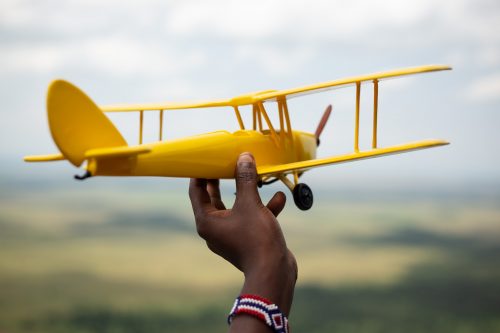
Out of Africa